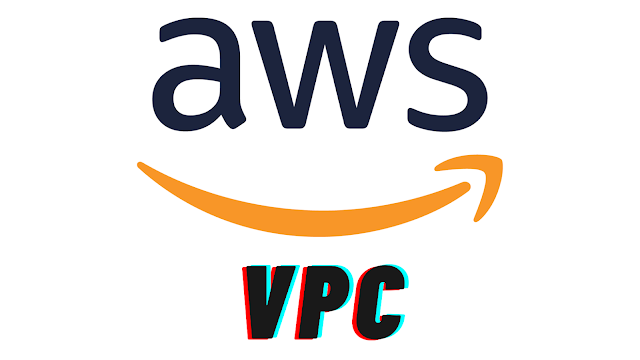Terraform, your one stop solution for cloud deployments
In the rapidly evolving landscape of cloud computing, efficient deployment and management of infrastructure are crucial for businesses seeking agility and scalability. Terraform, a powerful and versatile tool, has emerged as a one-stop solution for cloud deployments, providing simplicity and flexibility in managing infrastructure as code (IaC).
Terraform's essence lies in its declarative approach to provisioning and managing infrastructure. Instead of specifying detailed step-by-step instructions, users define the desired end state of their infrastructure. This declarative syntax not only makes the code more readable but also allows for easy collaboration among team members, fostering a more efficient development workflow.
One of Terraform's key strengths is its multi-cloud support. Regardless of whether your organization relies on AWS, Azure, Google Cloud, or others, Terraform provides a unified language for describing infrastructure. This eliminates the need for different tools and configurations, streamlining the deployment process and ensuring consistency across various cloud providers.
Furthermore, Terraform's modular design enables the creation of reusable components called modules. These modules can encapsulate specific functionalities, making it easier to maintain and scale infrastructure code. As a result, development teams can focus on building and improving modules rather than repeatedly writing code for common infrastructure patterns.
Terraform's state management is another standout feature. It maintains a record of the current infrastructure state, allowing users to plan and apply changes with confidence. This state management ensures that Terraform understands the existing infrastructure and only modifies the necessary components, reducing the risk of unintended alterations.
Automation is at the core of Terraform's philosophy. By automating the provisioning and configuration of infrastructure, organizations can achieve greater efficiency and reduce the likelihood of human error. Terraform's automation capabilities enable the creation of reproducible and consistent environments, promoting reliability in the development and deployment lifecycle.
In addition to its core features, Terraform benefits from an active and vibrant community. The open-source nature of the tool has led to a wealth of resources, including modules, plugins, and documentation. This community-driven approach fosters knowledge-sharing and provides users with a vast array of solutions to common challenges.
In conclusion, Terraform stands as a comprehensive and user-friendly solution for cloud deployments. Its declarative syntax, multi-cloud support, modular design, state management, and automation capabilities make it an indispensable tool for organizations seeking simplicity and efficiency in managing infrastructure as code. As businesses continue to embrace the cloud, Terraform remains a valuable ally in navigating the complexities of modern infrastructure deployment.




Comments
Post a Comment